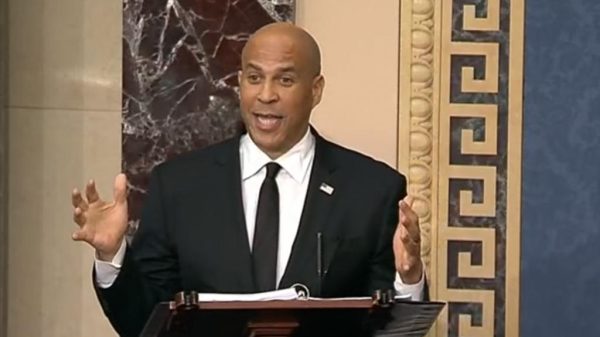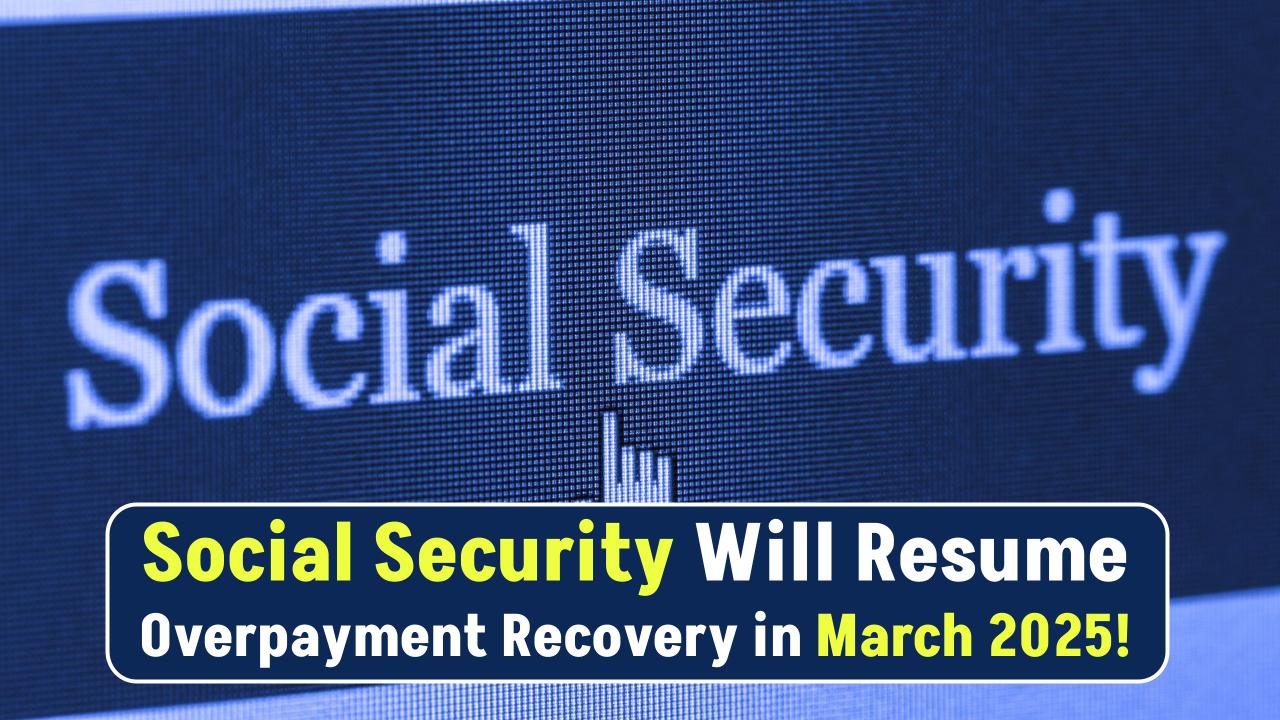
Starting March 27, 2025, the Social Security Administration (SSA) will reinstate its policy of recovering 100% of overpayments from beneficiaries. This decision marks a major shift from the policy introduced in March 2024, which had limited withholdings to 10% of a recipient’s benefits to reduce financial strain.
This article explains what this policy means, who will be affected, and what you can do if you receive an overpayment notice.
Social Security Will Resume Overpayment Recovery in March 2025
| Topic | Details |
|---|---|
| Policy Change Date | March 27, 2025 |
| Previous Rule (2024-2025) | Limited overpayment withholding to 10% of benefits |
| New Rule (2025 onwards) | SSA will withhold 100% of overpayments until the debt is repaid |
| Who is Affected? | Social Security beneficiaries who receive overpayments after March 27, 2025 |
| Exception | SSI overpayments will continue at a 10% withholding rate |
| Appeal & Waiver Options | Beneficiaries can appeal or request a waiver for overpayment recovery |
| More Info | SSA Official Website |
The SSA’s decision to resume full overpayment recovery is a significant policy shift that will impact thousands of Social Security beneficiaries. If you receive an overpayment notice, it’s crucial to act quickly to explore your options—whether through appealing the decision, requesting a waiver, or negotiating a lower repayment rate.
To stay informed and ensure compliance with Social Security rules, regularly check the official SSA website for updates.
Also Check: BRO Salary 2025, Pay Scale & Allowances of Border Roads Organization Employees
Who Will Be Affected?
This change primarily affects Social Security beneficiaries who receive an overpayment notice after March 27, 2025. If you receive an overpayment, the SSA will withhold 100% of your monthly benefits until the entire overpaid amount is recovered.
For individuals already repaying an overpayment that was identified before this date, the SSA will continue withholding only 10% of their benefits. Also, Supplemental Security Income (SSI) beneficiaries will still have a 10% withholding rate instead of the full amount.
Example Scenarios:
- Case 1: John, a Social Security recipient, receives an overpayment notice in April 2025. Under the new rule, his entire monthly benefit will be withheld until the overpayment is fully repaid.
- Case 2: Mary has been repaying an overpayment since December 2024 under the 10% rule. She will continue with the 10% withholding rate since her repayment began before March 27, 2025.
- Case 3: Mark, an SSI recipient, is overpaid. His withholding rate remains at 10%, even after the new rule takes effect.
Understanding Overpayments
What is an Overpayment?
An overpayment happens when the SSA pays more benefits than a person is eligible to receive. This could be due to:
- Changes in income (e.g., returning to work but still receiving disability benefits)
- Marital status changes (e.g., getting married or divorced without reporting it)
- Failure to report earnings or financial resources
- Clerical errors or miscalculations by the SSA
Since the SSA is legally required to protect the Social Security Trust Funds, they must recover any overpaid benefits—even if the error wasn’t the beneficiary’s fault.
Also Check: £1,768 Payment for UK Households Confirmed for April 2025 – Who will get it? Check Payment Date
What You Can Do If You Receive an Overpayment Notice
If you receive a notice stating that you were overpaid, don’t panic! You have several options to reduce the financial burden or dispute the claim.
1. Request a Lower Withholding Rate
If 100% withholding would create financial hardship, you can contact the SSA and request a lower recovery rate. You’ll need to provide financial proof (such as monthly expenses and income details) to justify a lower rate.
2. Appeal the Overpayment Decision
If you believe the SSA made a mistake, you have the right to file an appeal within 60 days of receiving the notice. During the appeal process, the SSA will pause the collection of overpayments.
To appeal:
- Fill out Form SSA-561 (Request for Reconsideration) here.
- Submit the form online, by mail, or at your local SSA office.
3. Request a Waiver of Overpayment
If the overpayment was not your fault and you cannot afford to repay it, you can apply for a waiver. The SSA does not require you to repay the overpayment while the waiver request is under review.
To request a waiver:
- Fill out Form SSA-632 (Request for Waiver of Overpayment Recovery) here
- Provide proof of financial hardship
- Submit the form online or at your local SSA office
Also Check: $1000 Direct Payment for these Americans in 2025: How to get it? Check Eligibility
FAQs
Will everyone have their Social Security benefits withheld?
No. The 100% withholding rule applies only to overpayments identified after March 27, 2025. SSI recipients and those with pre-existing repayment plans will not be affected.
What happens if I ignore an overpayment notice?
If you ignore the notice, the SSA will automatically start withholding 100% of your benefits. It’s best to contact them as soon as possible to explore appeal or waiver options.
Can the SSA take money from my tax refund or bank account?
Yes, if you do not respond or make arrangements, the SSA can recover overpayments through tax refund garnishments or bank account levies.
How long does the appeal process take?
The timeline varies, but appeals typically take 2 to 6 months. During this time, overpayment collection is paused.
Can I still receive benefits while appealing an overpayment?
Yes. If you file an appeal within 60 days, the SSA will not stop your benefits until a decision is made.








































